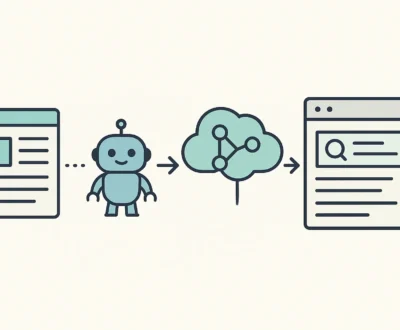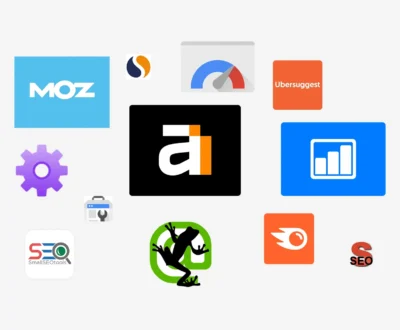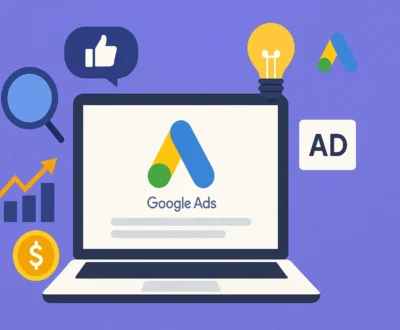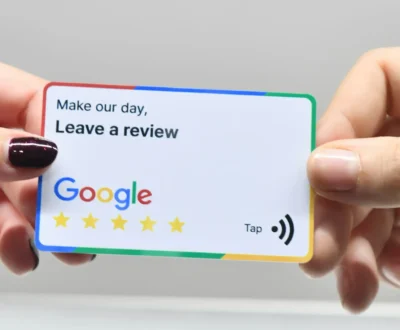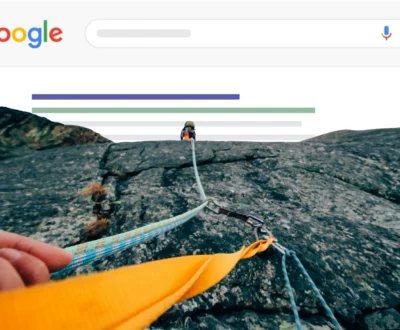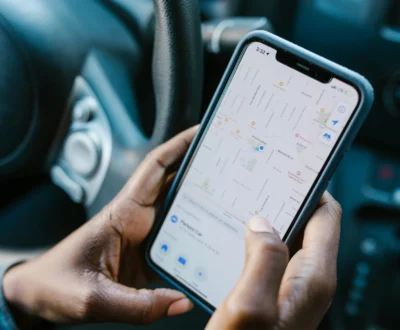SEO is still storing many secrets for many beginners, but even experienced internet users should constantly check those new things that appear in the web marketing world. We have made a list of 9 facts about SEO you perhaps never knew about.
Nowadays there are SEO elements that are more or less known. However, we have made a list of amazing facts about SEO that not only can surprise you, but also allow you to rethink the search engine market. This is not a set of optimizer statistics – is a list of those details that are useful for you and help you with natural SEO improvement. They can also help with your marketing strategy on the internet:
- Google doesn’t penalize because of duplicate content
- Not all main search engines are using links as a ranking factor
- Rich snippets don’t have a direct effect on the rankings
- In the list of the worldwide top 10 sites, only 2 are content sites
- The process of detecting objects in images is an important ranking factor
- In Google, search evaluators are working to determine the level of results quality
- One video on your page will help you get to the first page of Google
- Travel time is crucial for ranking
- Google ranks events based on their popularity
1. Google doesn’t penalize duplicate content
Do you think the duplicate content threatens you with punishment? No. Will it affect your website? Now we will talk about it.
To begin with, we quote some data from Google Search Quality Evaluator Guidelines (March 2017):
A site is considered to be of poor quality if all or the biggest part of the main page content is copied, without any effort from the part of the “writer”, without expertise, or added value for customers. Such web pages should be classified as the lowest in quality, even if their owner doesn’t claim copyright for the article.
- What it does is reward new content according to how useful it is
- The duplicated content always is filtered
- Google is primarily interested in new, unique content, and duplicating one slows down the search engine
- If you want Google to discover quickly new content, you need to update your XML sitemaps periodically.
- According to Google, we all should focus primarily on optimizing the canonical documents intending to provide the best user experience.
- Thinking deeper about SEI – it’s not the duplicate content which is guilty of worsening rankings, but the absence of unique/new content
Remember that if you have found a website with your content (a third-party website that is using content from your page without permission), it’s possible to fill in a special request to delete it at any moment, with the help of the Digital Millennium Copyright Act. You can also use canonical tags. This is an easy method to note exactly where the first official version is. You should keep in mind the problems of duplicate content every time you start to formulate your strategies for content marketing or when you desire to start analysing your current SEO status.
2. Not all main search engines are using links as a factor for ranking
Can an internet user improve the position of his site without helping himself with inbound links? Yes, of course.
The largest search engine in Russia, Yandex, no longer takes into account external links as a ranking signal. Google, quite possibly, is going in the same direction.
Russian SERPs in Google and Yandex related to popular trade queries are, usually, a place heavily abused with low-quality sites, a place where SEO black hat methods are commonly used to quickly rank and get sales. Yandex got tired of that situation, and they announced that their algorithm quite possibly will be link-free. Will other search engines follow the example?
Is it possible that Google will remove all links from the algorithm in the future? According to the known facts, it seems like these search engine methods of ranking sites are primarily based on facts, and not on links. There was even an internal discussion about backlinks elimination from the Google algorithm.
At this moment we don’t have a public algorithm version with this criteria, but we have already conducted experiments like this and discussed the possibility of reducing the importance of backlinks. However, at least for the time being, backlinks are still very useful in terms of conviction that we provide the best, most relevant and useful search results. – Matt Cutts, former representative of Google.
According to New Scientist, it looks like Google wants to rank sites based on facts, not on links. So this means that a simple domain reliability fact can help you to improve your rating.
3. Rich snippets don’t have a direct effect on the rankings
Rich snippets became a real sensation for SERP when they appeared in the year of 2009. But do they affect rankings? Not really.
The main purpose of the rich snippets is to provide useful information about the sites in search results, but they don’t affect the actual positions – according to Google. This was also confirmed on the Web Master Help Forum:
- If I use rich snippets – can they affect the ranking of my site?
- No.
Apparently, rich snippets don’t affect the rankings directly. But this doesn’t mean they can’t generate indirect benefits for SEO, as, for example, they can help a page to get indexed faster. Also, rich snippets help indirectly to attract potential customers – the advantage that also produces a positive impact on the ranking of your project.
4. In the list of the top 10 sites, only 2 are content sites
To understand this statement, let’s look at the list of the most popular websites, made by Ebizma in March 2017: Google, Facebook, YouTube, Amazon, Yahoo!, Wikipedia, Bing, Twitter, MSN, and eBay. Nothing unusual. However, if we analyse this listing, we will understand that there are only YouTube and Wikipedia that can indeed be considered content sites. Others have a completely different structure than a traditional content website.
And this leads to a significant question:
Does this mean that usefulness is more important than content?
Eight of the ten named sites give visitors the opportunity not only to consume content but also to carry out certain operations on the site. And as Carter Bowles (NorthCutt) said, these sites don’t stop at the simple possibility of reading or video viewing – they give customers different tools for performing certain operations. And these sites are popular because users get something more than a basic opportunity to consume content.
Google is also a tool which can help us find all necessary information quickly. It’s popular not because of its fantastic link bait or content, but thanks to the interaction with users. And the second question arises:
Is the site’s content still the most important element?
We don’t claim that promotion based on content doesn’t work. Good quality tests are very important – they really give the site a great opportunity to grow. But our goal is to convey to the reader that interactivity can do real miracles in SEO. If we get to understand why these sites are so popular, in the end, we will understand that marketing based on content is only one part more in all possible strategies. The most well-known websites are put at the forefront of the community, interactive platforms and tools, and, finally, the content. In addition, the two most important sites, Wikipedia and YouTube, still use the content as the main factor of user attraction.
5. The process of detecting objects in images is an important ranking factor
You should be aware that Google is intelligent enough to detect objects in images. But few people know that this process of object recognition is nowadays one of the most important ranking factors (and therefore can influence any business).
Already in the 1990s, there were experiments with the use of complex algorithms for image analysis, and now it’s possible to say with confidence that this topic has been worked on since the very first moment of search engines’ appearance. Now we should think about new ways of image optimisation, and we don’t talk now about classic methods of adding tags and alternative descriptions to pictures.
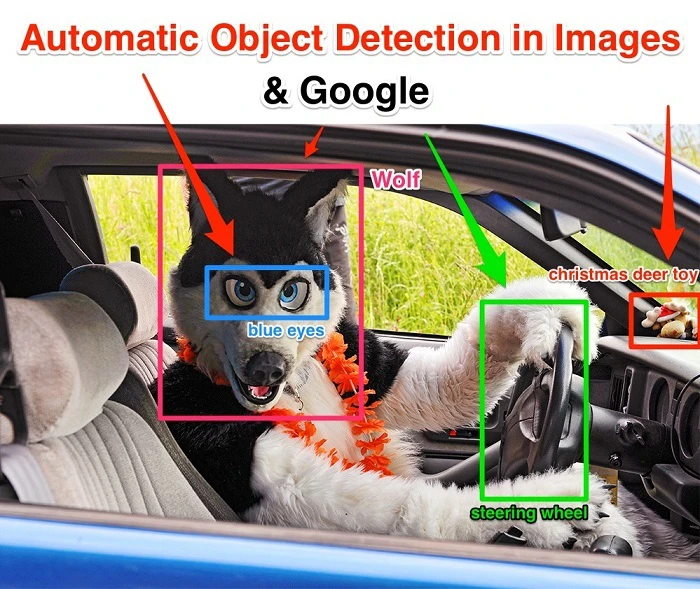
Ever since Google released the Cloud Vision API, many people have literally gone ill with this technology. Undoubtedly, the Cloud Vision API is used for analysing what is inside a given image. According to this, it became possible to quickly sort images by defining them in one of the hundreds of categories (for example, “Eiffel Tower”, “sailboat” or “lion”), detect faces and individual objects within images, and also detect and read concrete words inside them. This allows us to build complex metadata, filter abusive content or develop new marketing scripts through analysis of pictures’ content.
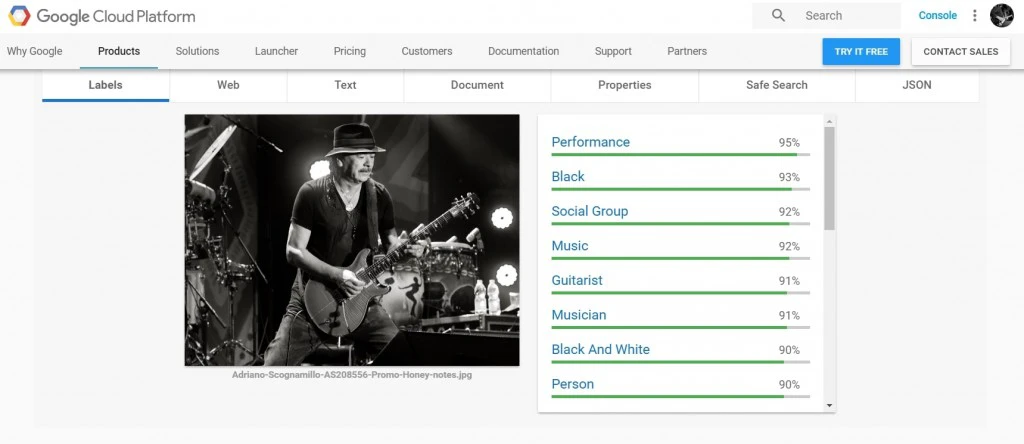
This function allows search engines to scan the details within images that were posted on your site, and rank them accordingly.
Detecting objects within images is another important ranking factor which is difficult to manipulate.
In terms of object recognition, it’s a very important thing for the SEO industry:
- This will help Google to show fewer levels of false results in image SERP.
- This will also help us to improve the position of individual pages.
6. Search evaluators are working in Google to determine the level of results quality
You should be aware that Google uses a huge number of algorithms to determine the position of sites. But you will be surprised to learn that Google hired special people, whose task is to make about 40,000 checks to evaluate the search results quality. And these search evaluators provide high-quality search results for diverse important queries. The complete guide they follow you can find here:
Despite the fact that this document, as it seems, is addressed to those who wish to work as Google evaluators, a careful study of it can help not only evaluators but also developers and sellers – help to understand exactly how Google determines the level of websites quality and optimizes the correct delivery.
Google works with search engine evaluators who are speaking different languages – and are from different countries. So, Google is committed to work with multilingual content.
Taking this into account, you can assume that the search engine is able to easily analyse web pages written in a variety of languages – not only in the most common ones. Currently, according to Google, the Penguin algorithm influenced nearly 3.1% of English searches, and about 3% of German, Arabic and Chinese searches. This means that most likely, Google’s search analytics can work in many other languages and therefore influence the search results.
7. One video on your page will help you get to the first page of Google
We could say that YouTube is considered the second most important search engine in the world, and, in addition, the best choice for advertising and marketing in the field of online video. Let’s imagine this. Everyone loves the video, correct? In comparison with text, videos are more attractive, and also everything shows that YouTube occupies a special place in the heart of Google. And we need to remember that YouTube belongs to Google.
According to results of a Tubular Insights study, CTR of video is 41% higher than the text.
After analysing Aimclear study results, it begins to seem that videos really affect your rankings. And which platform? Correctly – in all results related to video, YouTube clearly dominates.

But how does the video on the main page affects the rankings? The aforementioned study reports that almost 100% of the videos found in normal search results can also be found on the first page of YouTube’s SERP. It’s absolutely true that a good YouTube ranking doesn’t guarantee good results in Google too; this is just a prerequisite. However, a video still affects your position in the search results, because it detains our visitors on the site for some more time, and also we give users something that can be easily shared. A video is an important component of a complex SEO game and you shouldn’t ignore such things.
8. Customer’s travel time is very important for ranking
In this case, we are talking about the physical time that is spent when someone gets from one place to another, and, as a consequence, about local search and optimization.
The time it takes to get from one place to another is one of the ranking factors.
“Travel time” appears to be one of the latest Google patents and represents the amount of time that a person is willing to spend visiting a place. Thus, proximity is also an important factor for SERP. Sites that are objectively worse than yours can bypass you in search results only if they are physically closer to the specific customer. So, if you are working in a local business, this information can be useful to you, just like for your profit.
And what exactly helps these companies to advance to the top, taking into account that some of them exist without reviews or even websites? So, how did they end up there? Precisely, thanks to the above-mentioned proximity.
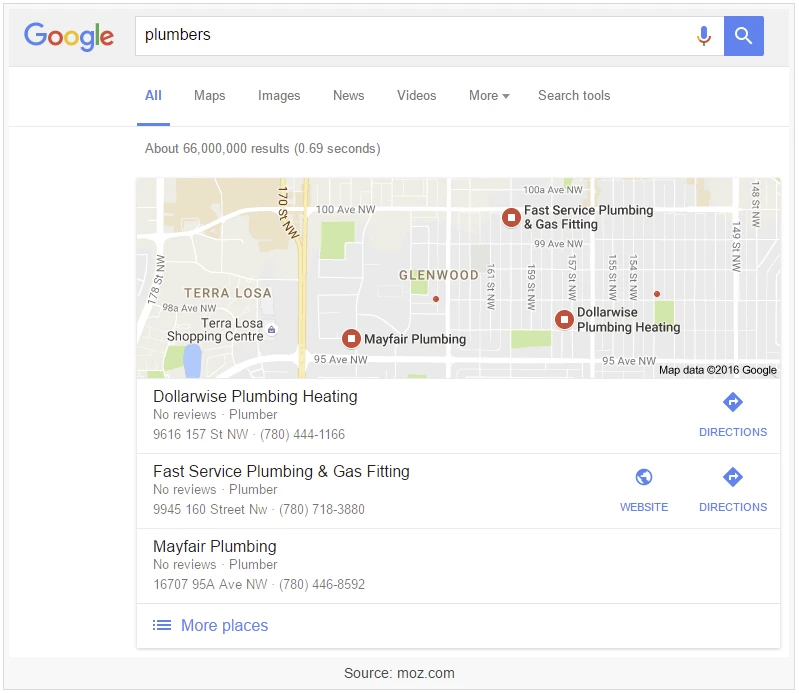
It seems that Google wants to know whether a user visits a place thanks to Google Maps, simply following their friend’s recommendation, or thanks to search results. So, according to Bill Slawski, “time investment” – is the term used in Google patent, that refers to the physical time that it’s necessary to visit a place found in search results.
9. Google ranks events based on the popularity
According to information from another patent, it seems that Google will soon sort the events according to their popularity (not taking into account the number of inbound links, or other factors). And the main idea is, that if many events are occurring in the same region, at the same time, people interested in them find it complicated to find the one they want.
This system helps users to choose the most important event in a situation when several events occur simultaneously.
Google is receiving information about events that are celebrated during a particular period, as well as their level of popularity for later classifying these events.
Another possible scenario for the classification of events in accordance with the patent may be:
- creating the initial importance factor of an event based on popularity;
- calculation of the modified importance factor of popularity for each event based on results of the initial evaluation;
- calculation of the search output of events occurring in one physical location, classifying them according to the modified importance factor of popularity.
Conclusion
Earlier we discussed tricks that are important in the search engine optimization world. These things can help any user that aims for successful digital marketing. The search engine optimization market is a platform that is in the process of constant transformation, where productive SEO still gets traffic. Even if you’re investing in paid search or if you’re building links – in the end, all that we want is a bigger number of users visiting our website. We all strive to increase sales. So, taking into account that 93% of internet experiences starts just from the search engine, it’s important to remember these little-known SEO factors, that can improve the traffic of your site.
At the moment, there is no formula that will lead to guaranteed success. However, those SEO facts that we discussed in this article are able to help you with the popularization of content or integrated marketing strategies. The conversion rate is difficult to obtain, and you need to remember that some SEO tips, paid advertising or the process of working with statistics won’t bring you a million visitors on the first day. But if you are aware of the latest SEO trends and you try to drive your strategy keeping them in mind, you will certainly be able to improve your position in the global network. Be aware of market trends, create new content, notice where exactly your users mostly click, and try to invest in inbound marketing and you will see your first organic results soon.
About us and this blog
We are a digital marketing company with a focus on helping our customers achieve great results across several key areas.
Request a free quote
We offer professional SEO services that help websites increase their organic search score drastically in order to compete for the highest rankings even when it comes to highly competitive keywords.

